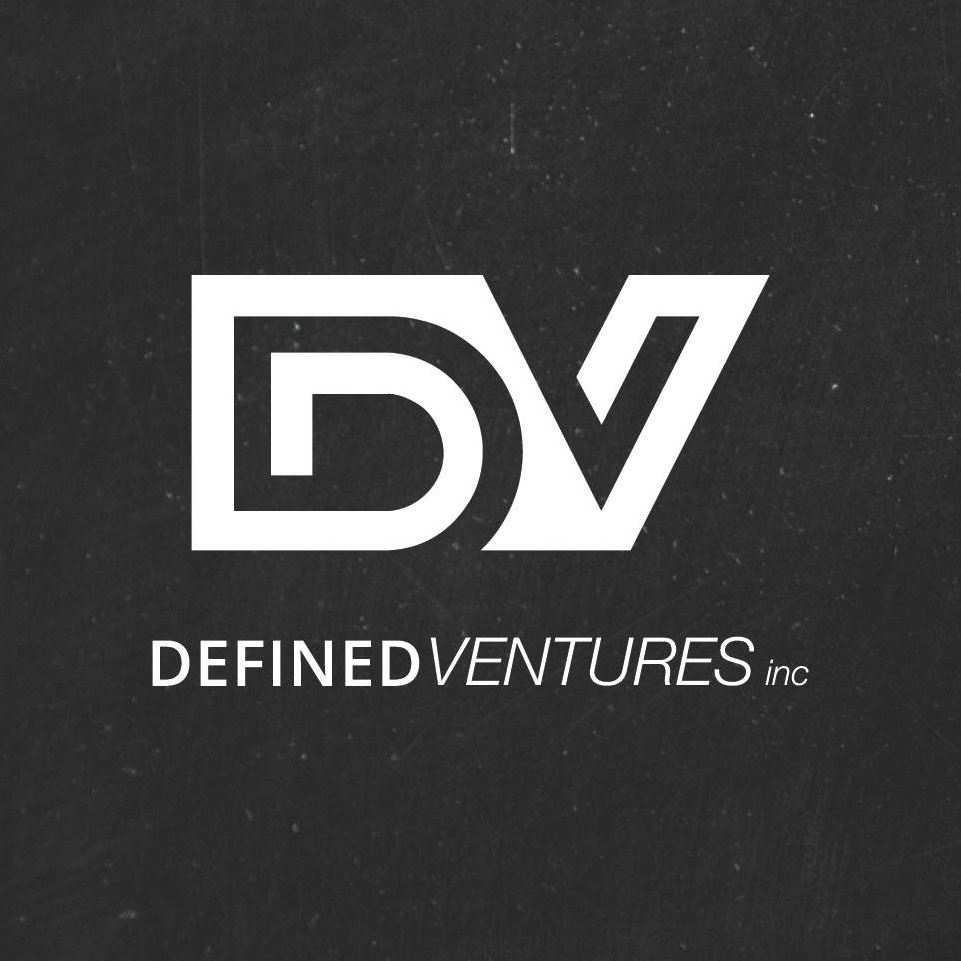Agility: in strict terms, it means “the ability to move quickly and easily.” This definition also works when blended over to Agile project management, a methodology that focuses on streamlining workflows, interactions and processes for better efficiency and greater results. In no other area of business is this more true than within project management, where Agile project management is quickly becoming the gold standard for businesses who want to succeed.
Over the past five years we’ve witnessed an absolute explosion in Agile software, Agile business strategies, and Agile tools that help businesses come together, communicate, and simply do more with less hassle.
With the start of the new year, we wanted to take some time to focus on the future: what 2018 will bring to the world of Agile project management. From expansion to all levels of business through the gradual decline of waterfall management methodologies, this list contains the biggest Agile project management trends we see developing in the coming year.
Wider Agile Project Management Usage
A 2017 review by the Project Management Institute (PMI) revealed something interesting: around 70 percent of organizations already use Agile methodologies right now. Around 25 percent of those users rely exclusively on Agile strategies entirely, while others still utilize a combination of different approaches to achieve their goals.
Furthermore, advances in Agile project management platform development, especially in the realm of scalability, are making it more possible than ever for businesses to join the party. This includes smaller freelancers, mom and pop shops, non-profit organizations, and large-scale multinational enterprises with thousands of people.
As Agile software developers make software more affordable, more scalable, and more well-suited to a wider user base, it’s only logical that more businesses opt in.
This increase in popularity across the board stems from a combination of technological advances and greater accessibility. Assuming that Agile software development continues to follow the same trajectory, 2018 will likely see this path continue into further exponential growth. By the end of 2018, most (if not all) software-using businesses will likely be integrated into some form of Agile project management part or full-time.
Agile Software That “Just Works”
One of the biggest quoted barriers for businesses who have resisted Agile project management or software use is ease of implementation. Traditionally, Agile products required at least some training, and in many cases, a significant amount of capital for initial ramp-up. That’s a trend we see changing in the coming year because software developers are moving to create software that “just works.”
What exactly does “just works” mean? From a software standpoint, it means the platform or application helps businesses to achieve a goal with little training, little upkeep, and as low a demand for additional systems as possible.
Depending on the business, “just works” could manifest as a self-maintaining cloud platform, a fully intuitive user-focused application that relies on human behavior or AI for assistance, or even “set it and forget it” systems that require little to no human oversight at all. It also means businesses won’t need to read 300 pages of documentation just to understand how to use their new application. Instead, they’ll use fully intuitive, working out-of-the-box solutions.
Fewer Deal-Breaking Problems
Easier implementation with an “it just works” philosophy isn’t just about how software behaves; it’s also about how it doesn’t behave. One of the biggest trends in development we’re noticing is a shift to software with fewer bugs, fewer problems, and far less convoluted implementation. This means delivering clean, quality products free from bugs, glitches, failures, bad integrations, API issues, or server issues the first time around.
Software developers will also need to step up to the plate when it comes to addressing issues when they do inevitably crop up. The developer who listens attentively for information about sticking points or problematic design, only to respond quickly with improvements, is much more likely to win the hearts of users.
To achieve this goal, developers need to engage with their individual user communities and customers directly. Agile project management software must give businesses the option to collaborate on their own solutions somehow, be it through an interactive community or with a dedicated team who can listen and respond to their suggestions.
As business needs or teams expand and grow, developers must be ready to adapt to new needs on the fly without needing months or years to develop and roll out a new solution. Holding back patches, refusing to address needs, and charging more for what should be fixed rather than released newly is no longer good enough.
More Integration With Automation & AI
Agile project management platforms will make continuous strides to integrate AI and automation in 2018. Users will worry less about handling menial tasks like running reports because many of these tasks will become automated.
As automation and AI itself improves, becoming smarter, project management reports will improve in both accuracy and viability. Rather than being reactive, new Agile project management platforms will be proactive, identifying potential problems before they occur for better adaptation and prevention.
Businesses who use Agile project management software will have an edge because they can judge risk and efficiency better than their non-Agile counterparts. This introduces an increase in value throughout the entire project management process, trimming back wasted time and lost business and project efficiency.
Better Coordination Across the Board
Speaking of efficiency, one of the biggest trends we see in Agile project management software for 2018 is improvements to coordination. This ties into the aforementioned AI and automation; rather than having a single project manager at the top delivering tasks and demands, the project manager’s role will shift more into a coordinator. He or she will work in sync with supportive Agile software that anticipates, assesses, and suggests fixes to common problems that crop up across the board.
How is all this about to become possible? Through a combination of advanced metadata analysis, AI monitoring, live reports, algorithm-based assessment of tasks, auto-optimized workflow efficiency tweaks, and improved communication with every team member no matter where they are. Incredibly smart AI algorithms assesses all of these standpoints as well as behavior, habits, communication, and efficiency along the way. All the PM has to do is review the information to find what they need, rather than mining data by hand.
With more free time, PMs will be freed up to focus on another important Agile methodology: people-first, collaborative project development. Rather than simply acting as a dictator at the top, the PM will become a generalist who can focus on continuously optimizing the team. That leaves more time for face-to-face meetings, team collaboration, an adaptation to sudden rough waters or changes in business.
Overall, Agile project management trends for 2018 show is that project management is becoming even more focused on people and how they naturally work. It’s about stripping back the tiresome tasks and little details so team members and PMs alike can focus on really cultivating collaborative success, but it’s also about developing new project management platforms that focus on ease of use, intuitiveness, and usability for businesses in every industry all across the American market and far beyond.
President and founder of DVI, Aaron Boerger realized early in life that he had a unique combination of x-ray vision and business acumen for seeing the weaknesses that held businesses back – and the ability to define the right tools, technology and strategy to make them stronger.
From founding a successful technology support business in his early teens, to serving as Chief Operating Officer for several companies in the financial, technology and marketing industries, Aaron has developed a reputation for reinventing technology implementation tactics – and the willingness to tell people not what they want to hear, but what they need to hear, in order to achieve success without overwhelm.
Aaron will always go the extra mile to provide the accountability and support his clients need to achieve their goals, yet isn’t afraid to tell them when they are doing something wrong.

